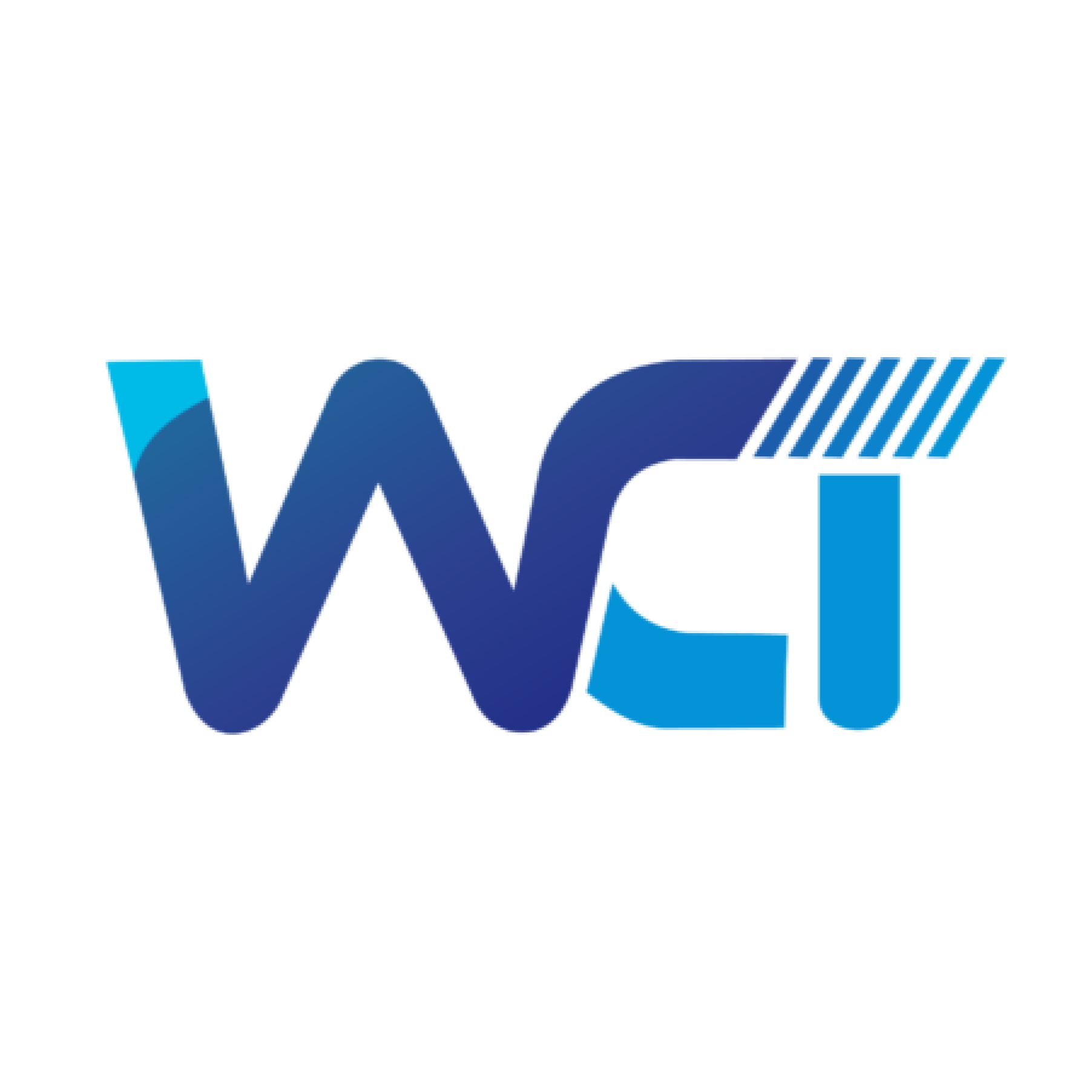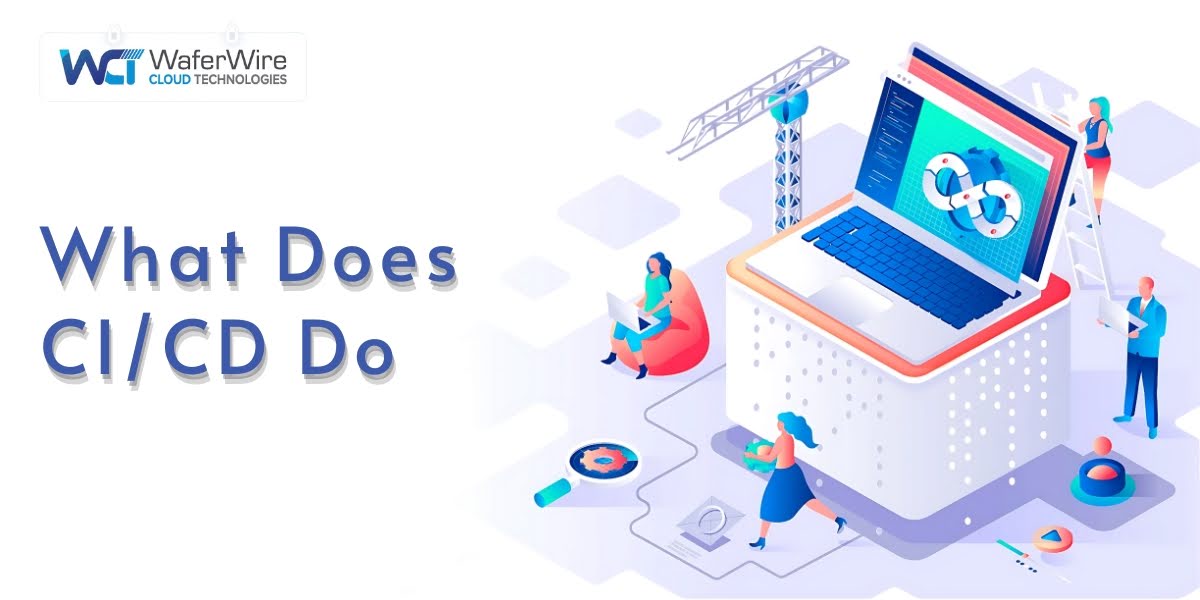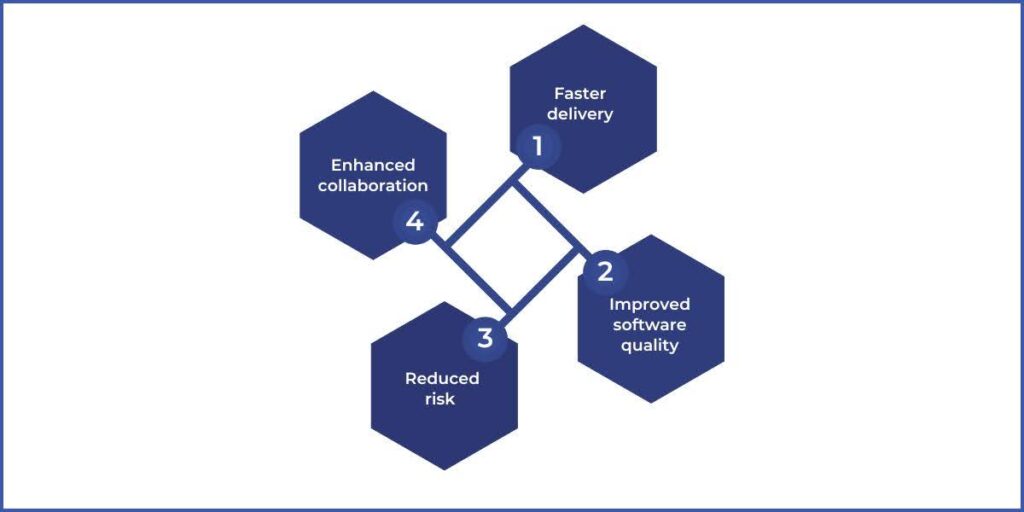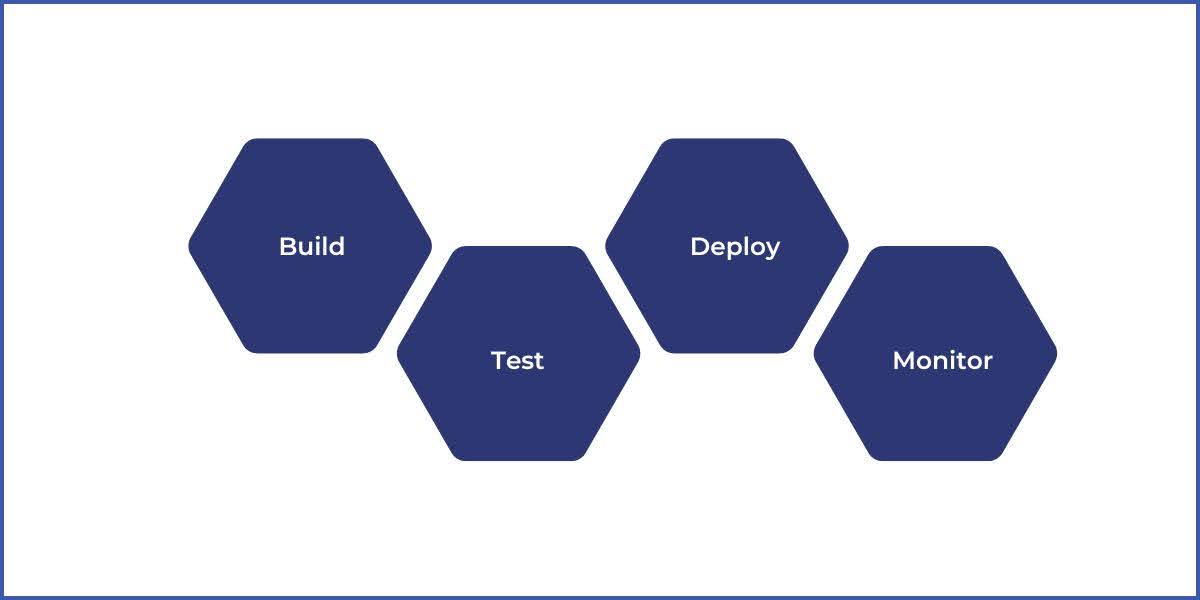


CI/CD (Continuous Integration and Continuous Delivery) is the backbone of modern software development, enabling businesses to deliver high-quality products faster and more efficiently. However, maintaining speed and innovation while managing quality and stability of software releases is the real challenge for many CXOs and business leaders.
Does CI/CD solve this dilemma? Absolutely. It eliminates manual errors, accelerates delivery cycles, and empowers your teams to focus on creating exceptional customer experiences rather than firefighting issues.
In this article, we’ll explore how CI/CD works, why it’s essential for SMBs, mid-sized companies, and enterprises, and the business impact of adopting it.
CI/CD is a modern approach to software development that ensures code changes are integrated, tested, and delivered seamlessly. Continuous Integration (CI) involves merging code from many developers into a common repository and running automated tests to catch issues early. Continuous Delivery (CD) automates the release of this tested code into production or staging environments, enabling frequent, reliable software updates.
CI/CD is critical because it ensures that software development moves faster and more reliably without sacrificing quality. It automates tedious steps to simplify the delivery of updates, bug fixes, and new features, saving time and resources.
For growing organizations, managing increasingly complex software systems can be overwhelming. CI/CD breaks this complexity into smaller, manageable tasks, allowing teams to push updates incrementally. This lowers the risk of large-scale failures and ensures a steady flow of improvements.
Another benefit is the ability to adapt quickly to feedback. With CI/CD, businesses can make regular updates based on customer input, ensuring that their product stays relevant and meets user needs. It also allows teams to test changes continuously, ensuring better stability and performance in production environments.
To implement CI/CD effectively, it’s important to understand its core components.
For business leaders, the key to faster and more reliable software development lies in understanding the building blocks of CI/CD. Each component performs a unique role in creating a seamless pipeline that ensures high-quality software delivery. Let’s break them down with a focus on their business impact.
Continuous Deployment goes a step further, immediately deploying any update that passes all tests to production. There’s no need for manual intervention, ensuring faster delivery of features and fixes.
CI, CD, and Continuous Deployment work together as a pipeline. CI ensures that all code changes are integrated and tested early, CD prepares the code for deployment, and Continuous Deployment delivers the changes automatically.
Now that we’ve covered the components, let’s explore the core principles that make CI/CD effective.
At the heart of CI/CD lies a commitment to speed, accuracy, and collaboration. The following principles ensure teams deliver high-quality software quickly while adapting to customer needs with minimal disruption.
Automation is the backbone of CI/CD. It removes the need for manual intervention in repetitive tasks like testing, integration, and deployment. By relying on automation, businesses can reduce human error and focus on building innovative solutions. For example, a mid-sized retailer can automate testing for new website features, reducing errors and ensuring a seamless customer experience.
CI/CD emphasizes maintaining quality at every stage. Developers write code with predefined standards, and automated tests ensure consistent quality. Post-completion processes, like code reviews and integration testing, further solidify reliability. This ensures that even complex financial applications meet strict regulatory and performance requirements.
Frequent testing throughout the development pipeline ensures that bugs are identified early. This approach prevents small issues from becoming costly failures. For example, manufacturing companies can test updates to production software in real-time, minimizing risks and ensuring smooth operations.
CI/CD relies on small, incremental updates rather than large, disruptive releases. This ensures that new features or fixes reach customers quickly without compromising stability. Utility companies, for instance, can regularly deploy updates to their customer portals, keeping services uninterrupted.
Adhering to these principles delivers exceptional results for CI/CD. Next, let’s explore the tangible benefits of this approach for modern businesses.

When software development processes are slow, businesses lose opportunities. CI/CD solves this by transforming how teams work. Here are some key benefits to look at:
CI/CD reduces the time needed to move updates from development to production. Automated pipelines eliminate delays caused by manual steps, ensuring new features and critical fixes reach users faster. This accelerates time-to-market, keeping businesses ahead of competitors.
Automated testing in CI/CD identifies issues at every pipeline stage. Only reliable, high-quality code moves forward, lowering the risk of bugs in production. The process reduces disruptions and improves customer satisfaction.
CI/CD enforces consistent testing and validation before deployment. This minimizes deployment failures and prevents costly downtime, offering businesses a predictable release process and stable operations.
Through CI/CD, teams can integrate code frequently, allowing for faster feedback loops, better communication, and a shared responsibility for delivering high-performing software.
Understanding the benefits is one thing, but how does CI/CD actually work? Let’s explore the practical steps that make CI/CD essential.

Each stage in the pipeline is designed to ensure speed, accuracy, and consistency. Here’s how it works:
Once you have a clear understanding of how CI/CD works, the next step is to choose the right tools to implement these processes effectively.
Selecting the right CI/CD tools is crucial for streamlining development and deployment processes. With so many options available, understanding your specific needs and goals can help you make a smart choice.
Every business has unique requirements based on its existing systems and workflows. Consider how well a tool integrates with your tech stack, whether it supports your programming languages or aligns with your deployment environments. Scalability is another key factor—tools must adapt as your business grows. Enterprises and mid-market companies investing in tools that seamlessly handle complex workflows can save time and prevent compatibility issues later.
Hosted solutions, often cloud-based, provide easy setup, automatic updates, and reduced infrastructure management. They work well for businesses that prioritize simplicity and scalability. However, they may come with recurring costs and potential reliance on the vendor for uptime and updates.
Non-hosted solutions, on the other hand, offer more control and customization. These tools work best for organizations with strict data control requirements or unique operational needs. While non-hosted tools may require more upfront effort and maintenance, they provide unmatched flexibility for companies with advanced in-house expertise.
Protecting sensitive data during development is essential. Seek for tools that offer robust security features, such as encrypted pipelines, access control, and secure storage for credentials and secrets. Financial services or manufacturing enterprises must prioritize compliance with industry standards and regulations. Tools that integrate security testing throughout the pipeline can help identify vulnerabilities early, reducing risks without slowing down deployments.
CI/CD has become essential for efficient, scalable, and reliable software development. It empowers businesses to deliver faster, reduce risks, and improve team collaboration. However, adopting CI/CD is more than just automation; it is also about creating a culture of continuous improvement and operational excellence. Businesses need tailored solutions that align with their unique requirements, tech stack, and strategic goals. That’s where WaferWire makes the difference.
As a trusted partner in digital transformation, we help businesses seamlessly implement CI/CD practices that drive measurable results. From strategy to execution, our expertise ensures that your deployment processes are optimized, your workflows are efficient, and your teams are empowered to innovate without delays.
Don’t just adapt—lead your industry with a robust CI/CD pipeline. Contact us today to discover how CI/CD can revolutionize your software development process.

